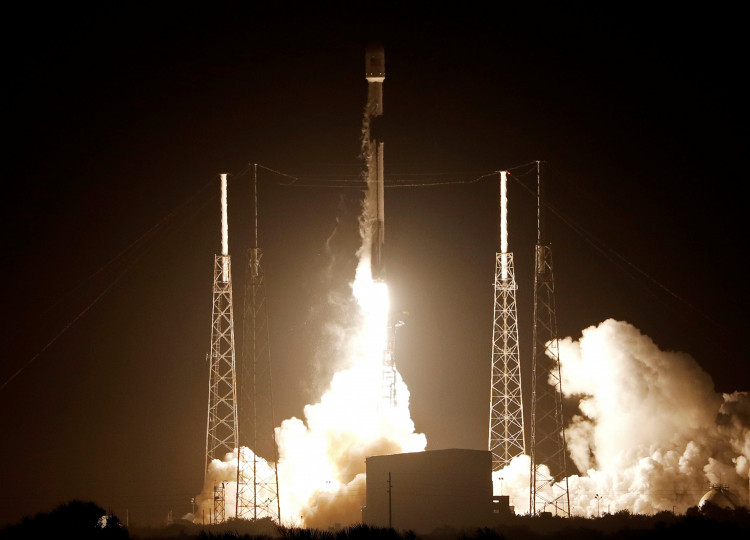SpaceX said it will orbit at least two dozen of its Starlink small internet satellites on May 15 in what will be the first in a series of mass satellite deployments that will take place until 2021.
SpaceX president and COO Gwynne Shotwell said the launch using a Falcon 9 will carry "dozens of satellites," into low Earth orbit (LEO). These new demonstration satellites will join two Starlink test satellites now in LEO.
"This next batch of satellites will really be a demonstration set for us to see the deployment scheme and start putting our network together," she said. "We start launching satellites for actual service later this year."
Shotwell said SpaceX intends to launch two to six more times for its Starlink broadband constellation this year in addition to the May 15 launch. She said the number of Starlink launches for this year will depend on the results of the May 15 mission.
Shotwell said the demonstration or test satellites launching May 15 will be scaled-down "test satellites" lacking inter-satellite links. The test satellites will have capable onboard antennas and electric propulsion, she said.
The U.S. Federal Communications Commission (FCC) gave SpaceX six years to launch at least half of its initial group consisting of 4,425 Starlink satellites. This deadline was a condition set by the FCC when it approved SpaceX's request to orbit a group of Starlink satellites at a lower LEO than the one it originally applied for. SpaceX eventually plans to have a total of nearly 12,000 Starlink satellites provide internet coverage to every part of the world.
In 2017, SpaceX said it will need 800 satellites in orbit to begin Starlink commercial service. This target is expected to be met in either 2020 or 2021.
Shotwell said SpaceX targets 18 to 21 launches in 2019, not including the Starlink missions. That launch cadence is consistent with previous years. SpaceX launched 18 times in 2017 and 21 times in 2018. SpaceX has launched five times this year so far.
"We thought the commercial market might expand to that, I think we probably wished it had, but [now] we've got plenty of capacity to launch our Starlink system," she said.
In 2018, SpaceX became the first U.S.-based company to be licensed by the FCC to operate an NGSO (non-geostationary satellite orbit) constellation of close to 12,000 satellites.
Earlier this year, SpaceX submitted an application to operate one million user terminals, as well as its first six gateways to provide the necessary communications links back from the satellites to the global Internet.






